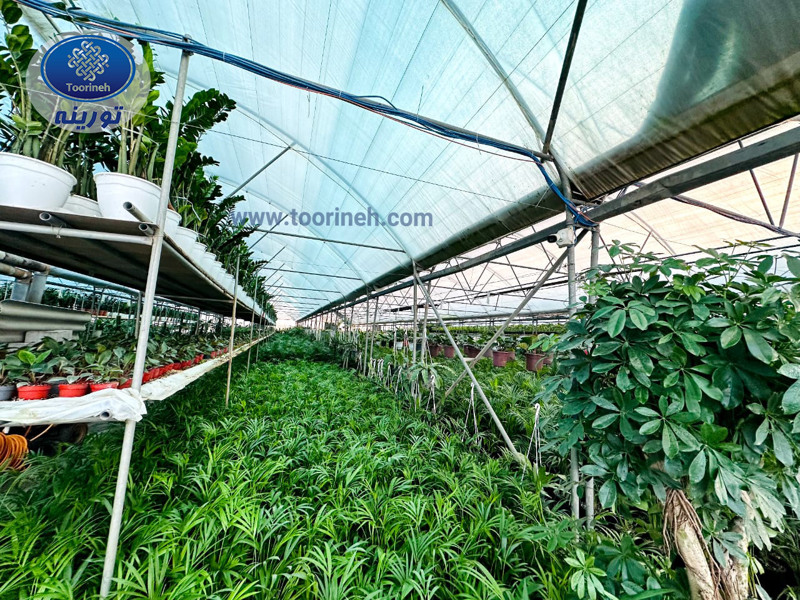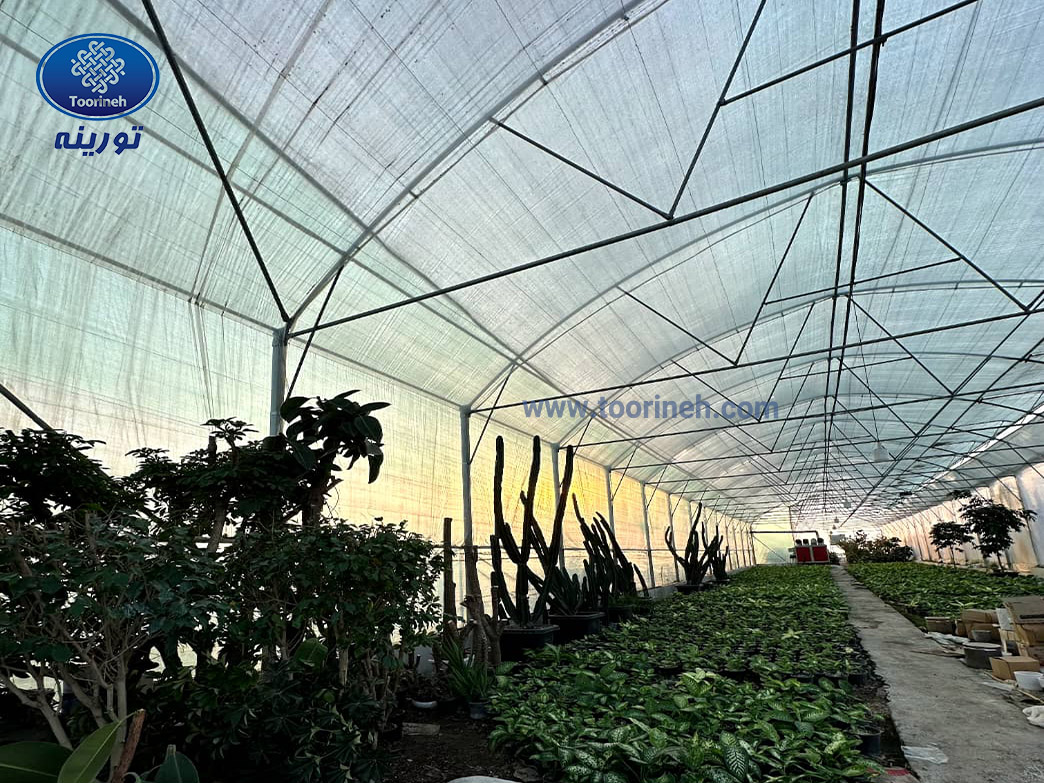
Why Shade Net Is Essential for Protecting Seedlings and Ornamental Plants During Cold Seasons
As temperatures drop, growers, nursery owners, and landscape contractors face one key challenge: protecting delicate seedlings and ornamental plants from harsh winter conditions. Shade nets, often associated with summer shading, play a surprisingly crucial role during colder months as well — by creating a stable microclimate that balances temperature, light, and humidity.
1. Regulating Temperature Fluctuations
Cold-season temperature shifts — from warm days to freezing nights — can easily cause thermal shock in young plants.
Installing a Toorineh Baft shade net with the right shading density helps buffer these fluctuations by reducing direct solar radiation during the day and slowing down heat loss at night.
The result: a more stable microclimate that supports continuous and healthy plant growth.

2. Preventing Winter Leaf Burn
In regions with snow or reflective surfaces, sunlight bouncing off the ground can cause winter burn on evergreen leaves.
Shade nets filter excessive sunlight and harmful UV rays, minimizing leaf dehydration and preventing scorch marks on ornamental plants.
This is particularly beneficial for newly planted seedlings and decorative shrubs in open fields.
3. Protection Against Cold Winds and Dust
Strong winter winds can dry out leaves, damage soft stems, and reduce soil moisture.
When installed vertically or at an angle, shade nets act as natural windbreak barriers, reducing air turbulence and providing calmer, more stable conditions around plants and seedlings.
4. Maintaining Soil Moisture
Even in winter, evaporation can be a hidden problem — especially in arid regions.
By controlling solar intensity, shade nets help retain soil moisture and reduce water evaporation, which also supports lower irrigation frequency — a key advantage for water-scarce environments.
5. Choosing the Right Shade Net for Cold Seasons
For autumn and winter, experts recommend 30–50% shading density to allow sufficient sunlight for photosynthesis while controlling excessive light exposure.
In windy or exposed environments, thicker nets with European anti-UV additives are the best choice for long-term durability.
Toorineh Baft shade nets, made from premium HDPE materials, are engineered to resist cracking and UV degradation — offering 5–7 years of lifespan with 36–48 months UV warranty.
6. Use in Cold or Semi-Heated Greenhouses
Even in controlled environments, uneven light or humidity can lead to fungal growth and leaf damage.
Using shade nets inside cold or semi-heated greenhouses ensures balanced light diffusion, preventing excessive transpiration and improving overall plant health throughout the season.
Conclusion
Shade nets are not only for summer use. During cold months, they provide essential protection against frost, wind, and sunlight variations — ensuring the survival and growth of young seedlings and ornamental plants.
With their durability, advanced UV protection, and superior design, Toorineh Baft shade nets are a smart investment for nurseries, farms, and landscape contractors across the Middle East and Central Asia.
Visited: 193



